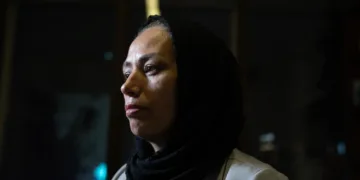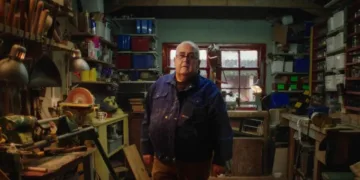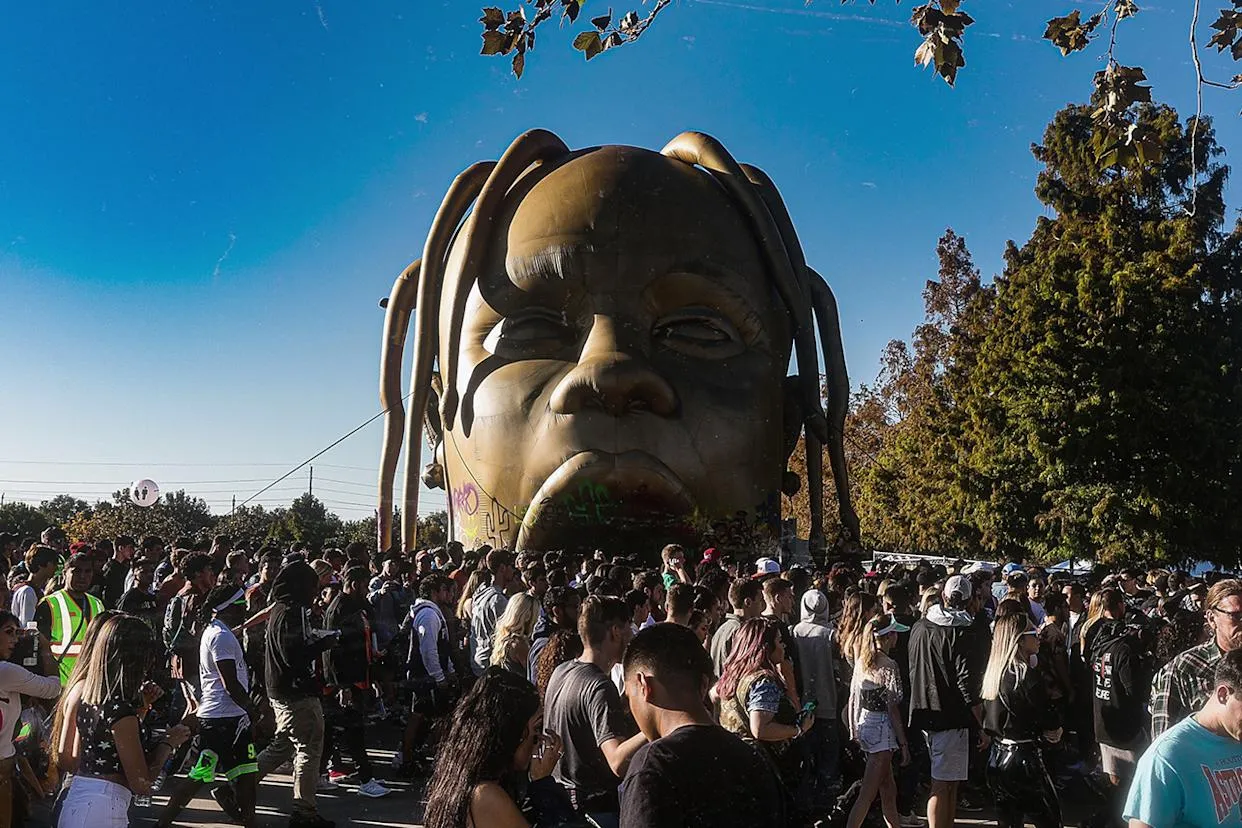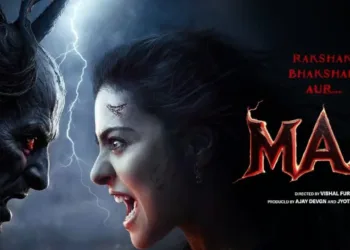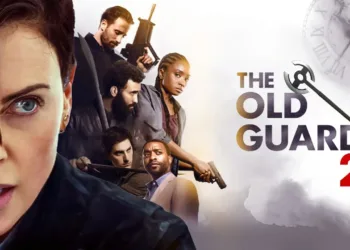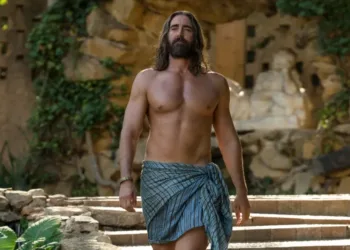There was a palpable sense of release in the air in late 2021. I remember it well; after the long, quiet months of lockdowns, the world was desperate to feel connected again, to share a physical space and a collective experience. The Astroworld festival in Houston was positioned as the apex of that desire.
It was more than a concert; it was a homecoming for its creator, Travis Scott, and a pilgrimage for his fans. The event promised a return to a kind of chaotic joy, a theme-park utopia built on the nostalgia of a shuttered local landmark. The documentary Trainwreck: The Astroworld Tragedy masterfully captures this initial, almost electric, anticipation.
It sets a stage of pure youthful exuberance, making the turn all the more jarring and horrific when that dream collapses. The film quickly pivots from the promise of a celebratory escape to the grim documentation of a preventable catastrophe where ten people, one just a child, would lose their lives in the crush.
A Blueprint for Calamity
A good documentary about a disaster does more than show you what happened; it explains how it was allowed to happen. This film serves as a masterclass in that forensic approach. It forgoes sensationalism for a clear, methodical deconstruction of the event’s systemic failures.
We see from the opening moments, with gates being overwhelmed by thousands of unticketed people, that control was an illusion. The filmmakers brilliantly use simple graphics and expert testimony to make a complex issue of crowd dynamics incredibly clear. The core design flaw is laid bare: funneling tens of thousands of people, all at once, toward a single main stage for the headliner.
There was no dispersal, no outlet. It was a perfect bottleneck. The inclusion of crowd safety expert Scott Davidson is the film’s analytical anchor. His calm, professional horror as he lists the ignored warnings and logistical failures gives the film its grounding. He makes it plain that this was not a freak accident but the logical outcome of a plan that lacked any serious consideration for the safety of its attendees.
The View from Inside the Crush
I’ve been to my share of packed concerts, feeling that strange energy of a thousand bodies moving as one. This film takes that familiar feeling and twists it into pure terror. The directors make a powerful choice to build the narrative almost entirely from the perspective of those on the ground.
The editing is relentless, stitching together a disorienting mosaic of smartphone clips. This isn’t just found footage; it is a deliberate artistic choice that plunges you directly into the chaos. The shaky, pixelated images of people disappearing into the surge, combined with a sound design that isolates the desperate cries for help, creates an experience of profound claustrophobia.
You are not watching a tragedy; you are inside of it. The film captures the terrifying helplessness of the attendees, some of whom climb camera platforms to plead for the show to stop. Their ignored screams become a haunting refrain, illustrating the complete disconnect between the performers on stage and the life-or-death struggle happening just feet away.
An Echo of Injustice
The film’s final act is perhaps its most chilling because the chaos subsides and is replaced by a cold, quiet lack of resolution. The documentary presents the agonizing fact that the performance continued for a significant time after authorities declared a mass casualty event.
It points to a breakdown in communication and authority, where the very people empowered to pull the plug were seemingly unreachable. This is where the film moves beyond a simple recounting of events and becomes a potent cultural document. It examines a modern reality where corporate entities and celebrity brands can seem untouchable.
By noting the grand jury’s decision not to press charges and the quiet out-of-court settlements, the film leaves you with a profound sense of institutional failure. There are no easy answers offered, no single villain identified. Instead, the documentary leaves us with the unsettling questions that still hang in the air, a quiet monument to the victims who received no public justice.
Trainwreck: The Astroworld Tragedy is available to stream exclusively on Netflix with a subscription.
Full Credits
Director: Yemi Bamiro, Hannah Poulter
Producers: Hamish Fergusson
Executive Producers: Kari Lia, Yemi Bamiro, Hannah Poulter
The Review
Trainwreck: The Astroworld Tragedy
Trainwreck: The Astroworld Tragedy is a powerful and deeply unsettling documentary. It moves beyond sensationalism to offer a methodical, forensic account of how a concert designed for euphoria became a scene of horror. Through its masterful use of firsthand footage and testimony, it creates a visceral, claustrophobic experience that is hard to shake. While it offers no easy answers, it serves as an essential and chilling examination of corporate negligence and the unsettling lack of accountability in the aftermath of a modern tragedy.
PROS
- A clear, step-by-step breakdown of the logistical failures.
- The use of raw cell phone footage is incredibly immersive and effective.
- Relies on powerful, humanizing testimony from those who were there.
- Raises vital questions about safety and responsibility at large-scale events.
CONS
- The intense and graphic footage can be extremely difficult to watch.
- Offers little new information for those who already followed the story closely.
- The lack of a resolution may leave viewers feeling unsatisfied.


























